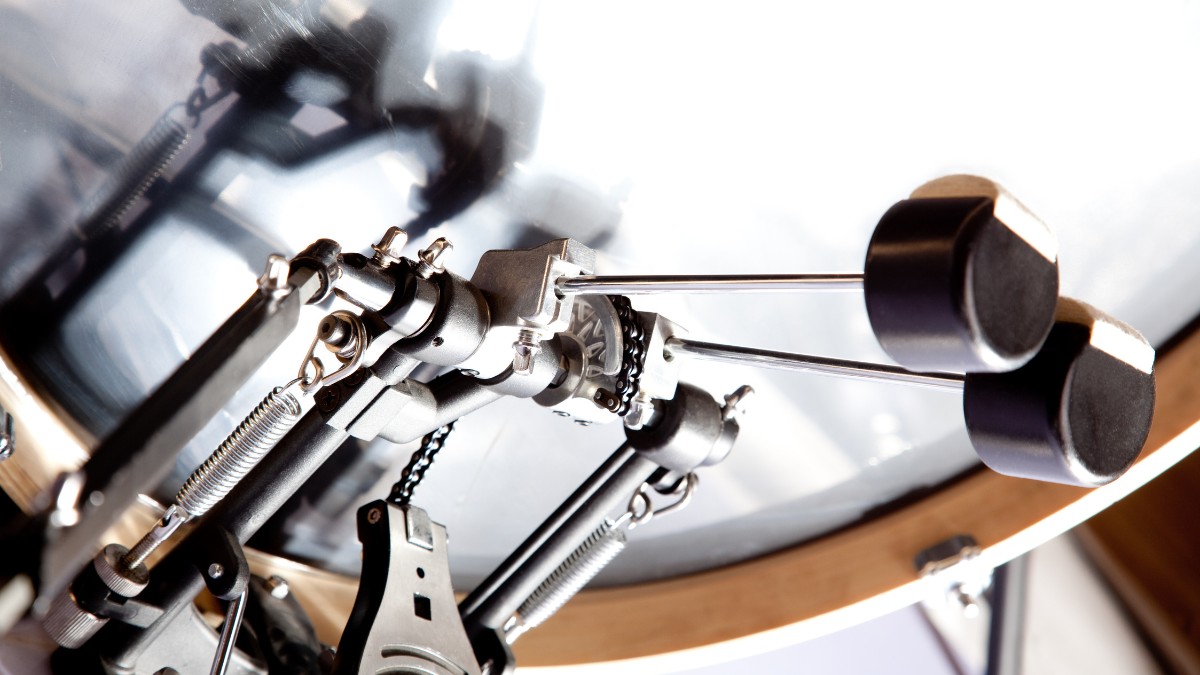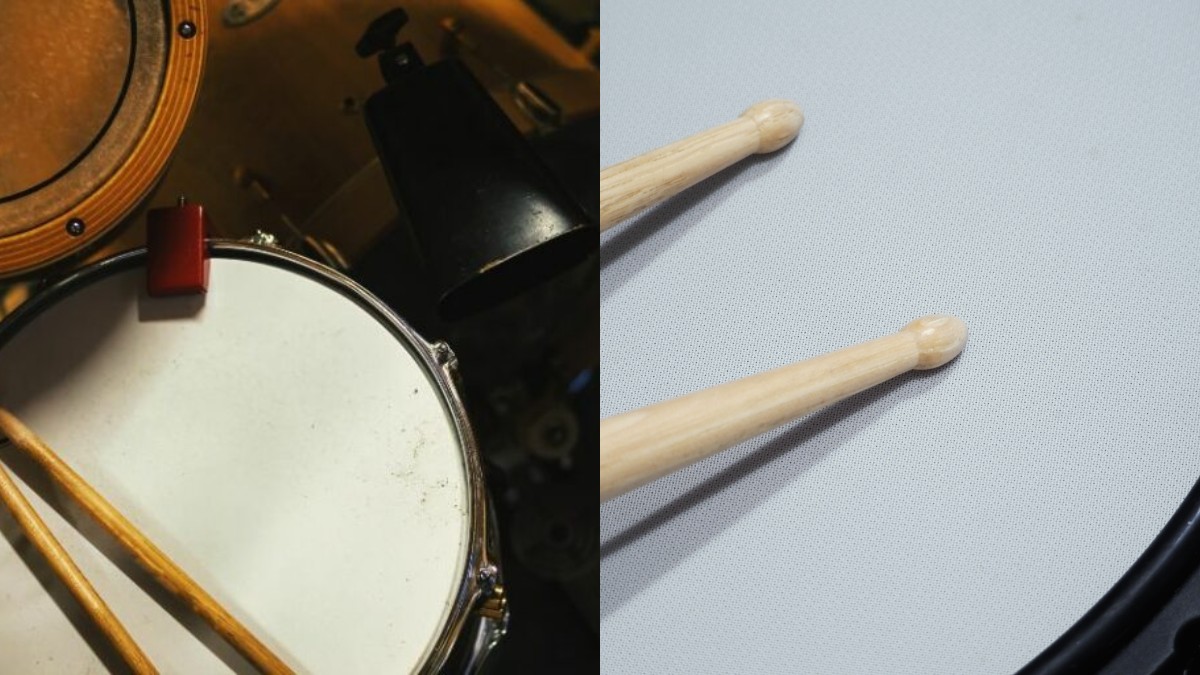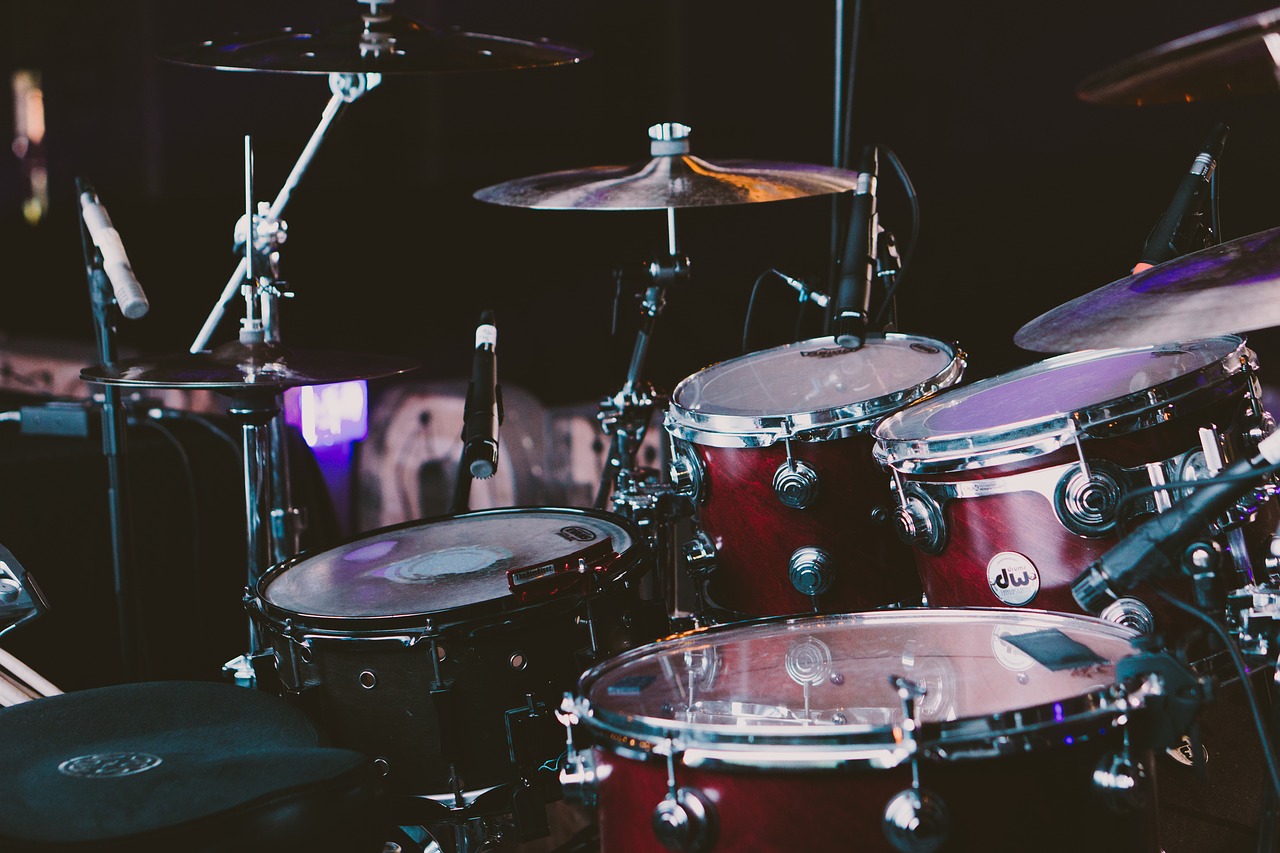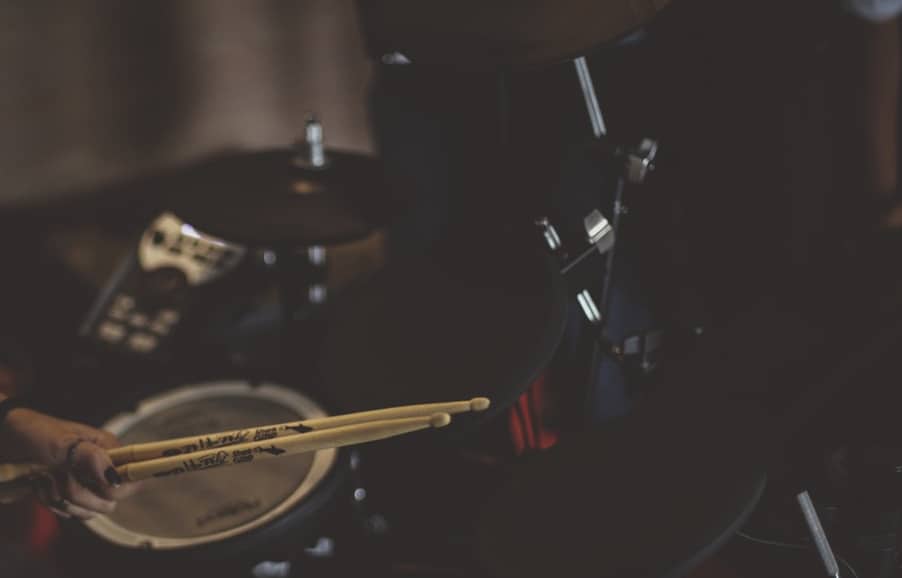How to Play Drums in Church (Controlling Volume and Performance Tips)
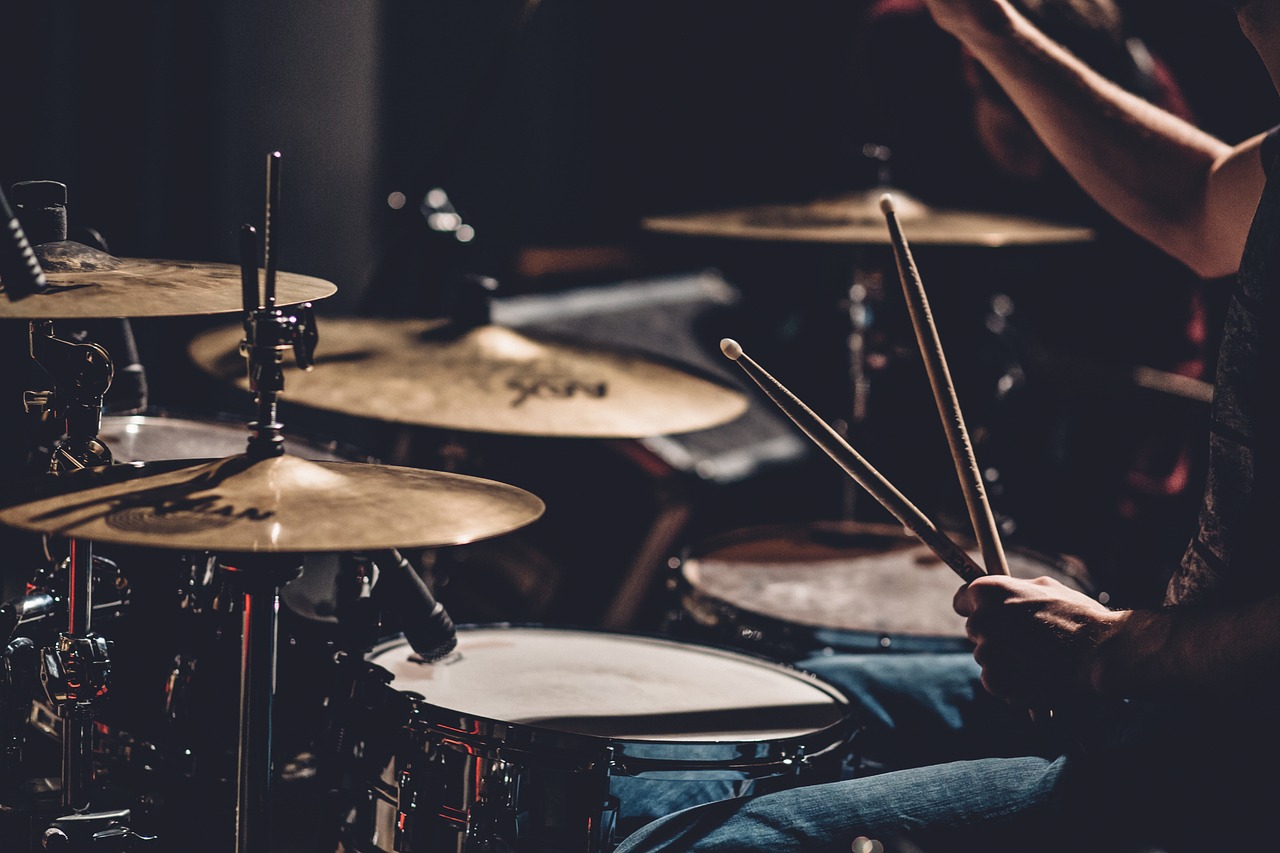
Playing drums in a church can be incredibly rewarding. However, there are certain things to keep in mind like which techniques to use, ways you can prepare, and very importantly, how to play with the appropriate volume and dynamics.
I’m going to go through some great tips for how to play drums for worship. Keep in mind that playing drums in a church is a whole different experience and requires a different approach.
Contents
1. Keep it Simple
It’s very important that you keep your drumming style appropriate based on the piece that you are playing. It’s good to stay as minimal as possible. However, the amount to which this is necessary will depend on the style of music that is appropriate for your church. Other band members may all have varying levels of experience.
Don’t over-complicate things! Stay as minimal as possible and use fills sparingly.
Don’t try to show off and play in a busy manner. Play the drums in a way that serves the music and the band. Make the drumming the backbone of the group.
When you do this, you will serve the music better and it will make for a great experience for all. Keep in mind, it’s not about you or showcasing your skills but rather serving the service.
2. Stay in Time
This is so important for any performing drummer. Practice to a metronome whenever you can to improve your time, no matter what level of rhythm you have right now. It can always be improved!
Your goal and job as a drummer are to keep time for the band.
Some people have the impression that changing tempos in the middle of a performance can make it feel more raw and live. This is not true, it just makes it sound more amateur. Pro musicians stay on time. There are a few exceptions to this rule, such as if the tempo change is intended in the song, or if you’re playing a style of music that encourages tempo changes, but these are not very common.
It can be quite difficult for band members to recover from serious timing issues, particularly if they are not very experienced at performing live. Remember that you are the backbone of the group. Play beats that are easy to follow, and while you’re doing it, don’t go off time!
3. Watch your drum fills
Drum fills play a huge part in drumming, however, when in a church environment, you have to know when a drum fill is appropriate and to watch out for misleading the whole service or giving a wrong signal.
Play short fills that just give a little character to the song.
This ties together with the first tip. Try to keep your fills simple, short, and sweet instead of playing a ‘leading fill’ which might lead people to believe the song is moving forward to another part or a chorus.
This is not to say you CANNOT play fills but to know your surroundings and play appropriately.
4. Know the songs very well
This applies to any live performance that you ever play. If possible, try to get as much practice time beforehand to make sure you know the songs well.
You want to enjoy yourself and serve your audience well. Make sure you know the songs.
(Optional) If you can play from drum notation then you could bring drum sheet music of the songs that you can read through beforehand. Even better, you could sight-read the notation while you are playing!
5. Play at an Appropriate Volume
This is one of the most common questions that we have been asked for church drumming. Perhaps there are already drums set up in your church. If that is the case, then you should take particular note of the first section below, particularly if the drums are not muffled or enclosed.
Play with appropriate dynamics
Every drummer should have great control over their volume.
It’s one of the most important skills that a drummer can possess. Your dynamics should be appropriate depending on the size of the room, its acoustics, the drum kit, muffling techniques being used, and enclosures.
You want to make sure that you don’t drown out the rest of the music or become uncomfortably loud for people.
If you feel that you need to work on your dynamics, then before you play in church, make sure to practice playing very quietly. You should do so far more quietly than you usually might, just to practice being in control at this volume.
If possible, seek guidance from the band leader or somewhere in the center area of the church that can give you some feedback about the volume of the drums.
Drum Shields

Many churches use drum shields. These can be quite good as blocking some of the sounds and lowering the volume of the drums in church. Shields are only very effective in church when they have a full enclosure at the top. Otherwise, if it’s just a front shield, then the noise can easily spill out over the shield.
Brushes or hot-rods (rutes)
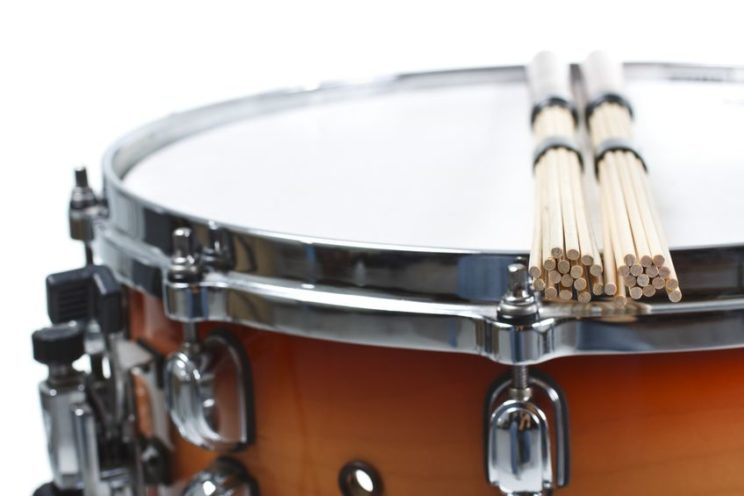
Another example is to use drum brushes (commonly used in jazz, but also used for playing quietly on drum sets) or any type of drum rods/rutes (such as hot-rods by pro mark).
These can make your drums a lot quieter. You need to practice playing with these beforehand because the playing style and feel can be quite different from using regular sticks. The rebound and attack of the drums and cymbals change a lot when you change the material used to hit them.
Muffling
You can also dampen the volume of your drums using drum muffling techniques. Common methods are to put a pillow in the bass drum, or to use moon gels or gaffer tape to reduce some of the overtones and ringing of the drums.
I would suggest being a big sparing on the muffling techniques used on the kit if possible. If you muffle the drum set too much, it can completely deaden the sound and make it very flat. However, if you are in a very small room, this might be necessary!
Electronic drum set
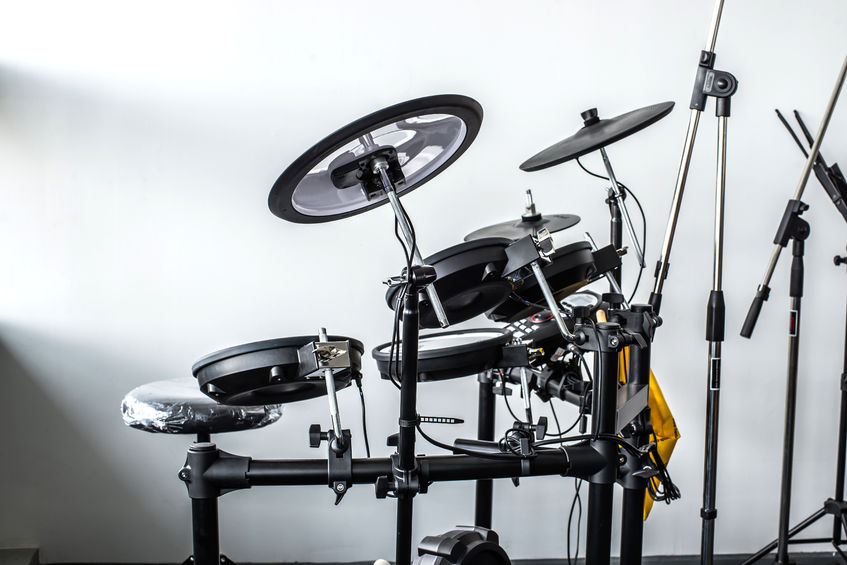
You can also use electronic drum sets for live performances. These are a great idea to get if you are in a small room and you really need to control the volume. Sometimes an acoustic set will simply be too loud for a setting.
If you buy an e-drum set with mesh heads or silicone pads, they can be super quiet. If you use these, you can use a small drum amplifier or PA system as necessary.
Use another form of percussion, such as a cajon

Do you actually need to use a drum kit for the performance? You could use another form of percussion, such as a cajon, which is a popular type of box drum. These can be quite a good alternative to using a full drum kit, depending on the style of music being played.
Use silent-stroke drum heads and triggers
This is a more advanced method because it requires a specific type of quiet drum head, in conjunction with drum triggers, a trigger module, and a PA system or drum amp.
These are special types of mesh heads produced by Remo. These are very quiet. In fact, so quiet that you need to use drum triggers and a PA system OR amplifier in order to hear anything from them. This will effectively turn your acoustic drum heads into electronic drum heads.
If you want to retain the look of an acoustic drum kit while still lowering the volume dramatically.
Low volume cymbals
Low-volume cymbals are special perforated cymbals, which are FAR quieter than regular cymbals. You can usually talk over these being played, so they might actually be too quiet for your church. Check out the list of the best low-volume cymbals if you’re considering getting your hands on them.
Summary
Those are our tips on how to play drums in a church setting. Every church is different. The volume that you can play will vary significantly depending on the site and acoustics of your church. Make sure to test these out.
The budget constraints of you or your church will also determine the type of drum equipment that you can use. If you are using your equipment, then make sure to do a bit of research beforehand and re-read the tips above about playing at an appropriate volume.
Get a lot of practice beforehand and do as much work on your dynamics as possible. Most importantly, have a good time, enjoy worship through music, and enjoy performing with others.

